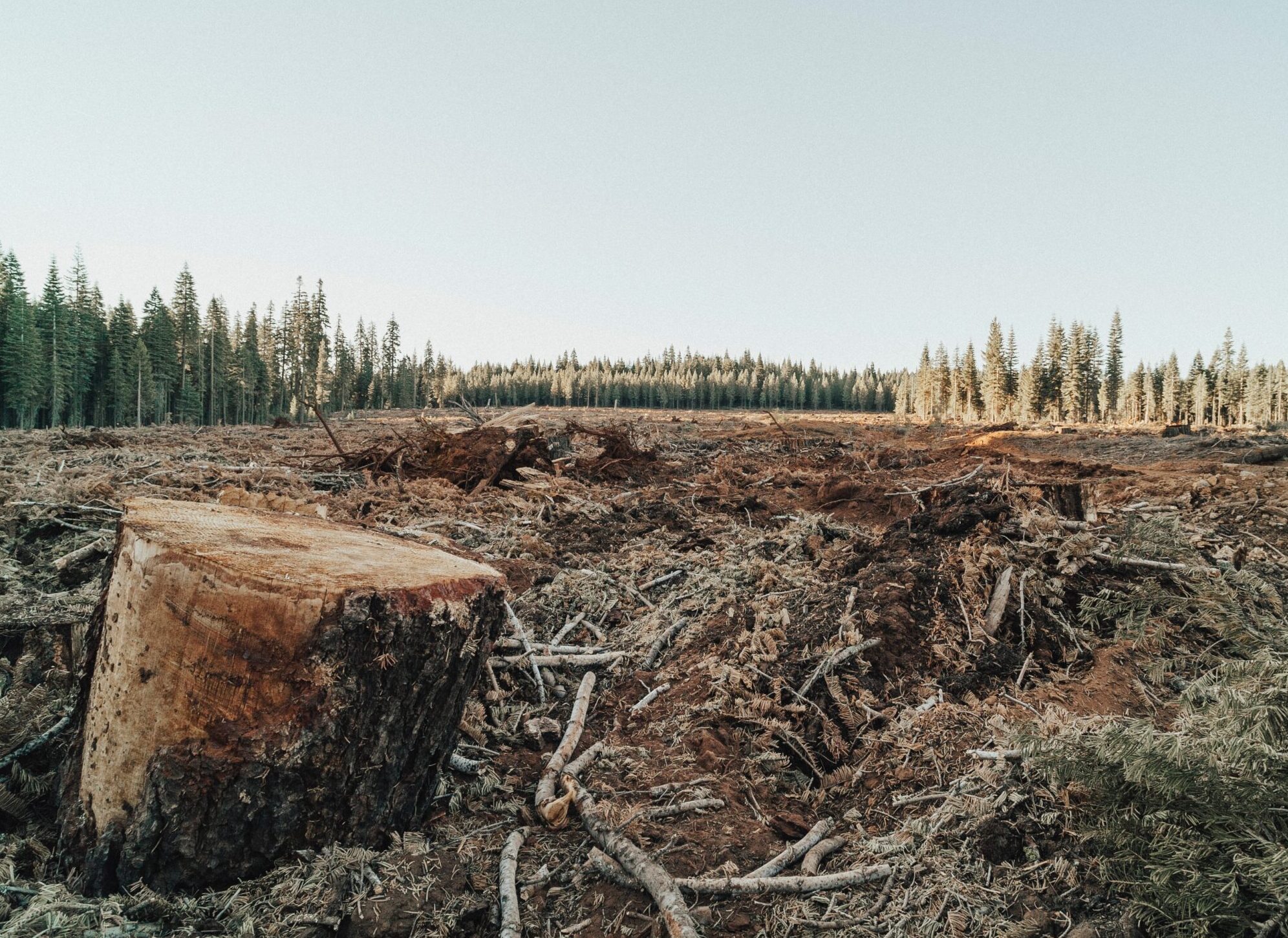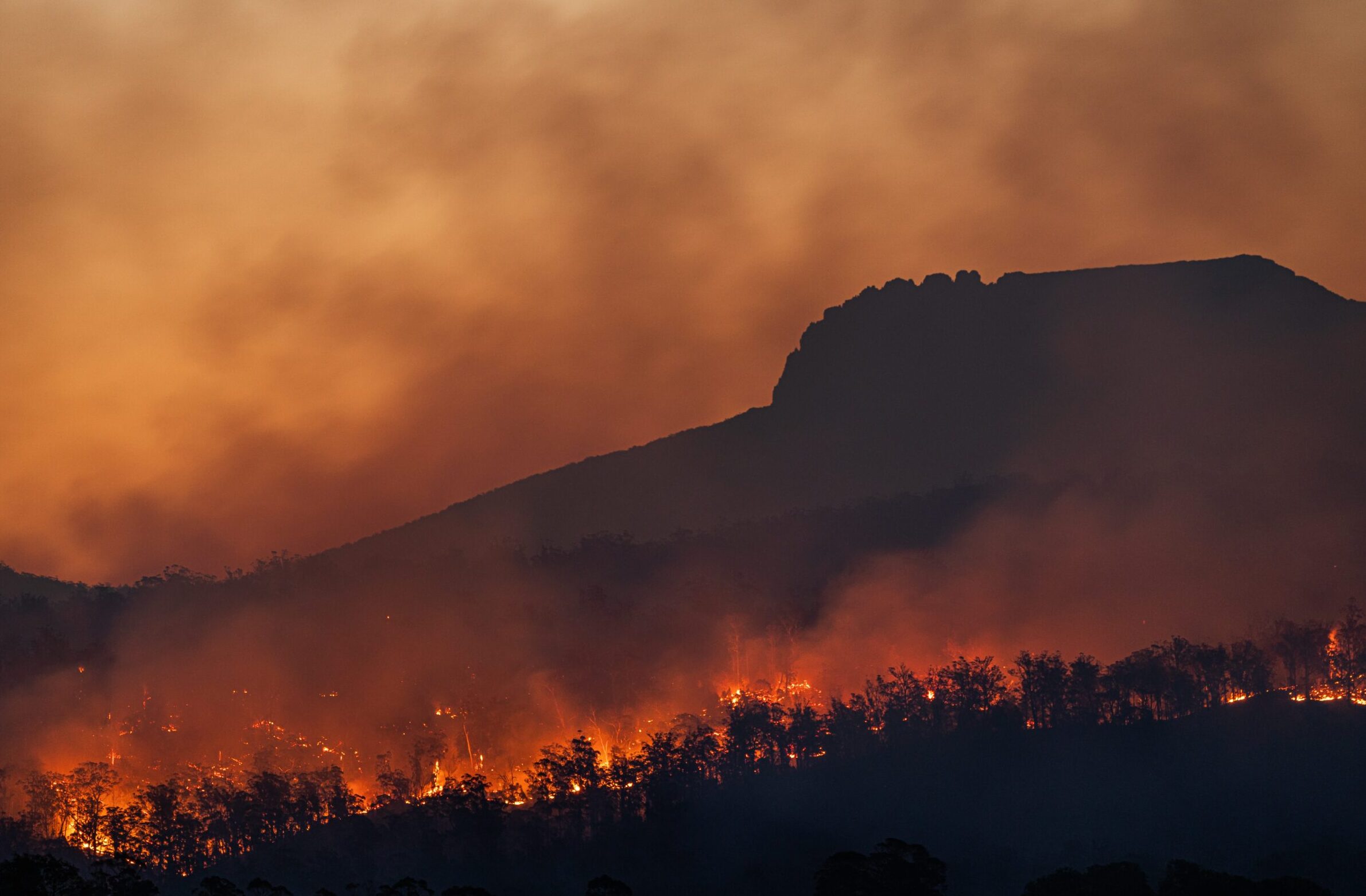Brace yourselves for an eye-opening exploration as we delve into the devastating effects of this environmental crisis and discover how we can join forces in a race against time to save our forests.
Now more than ever, it is crucial for us to understand the grave consequences that deforestation poses not only to our environment but also to humanity as a whole. So grab your virtual hiking boots and let’s dive deep into this pressing issue!
Deforestation around the world
Deforestation around the world is a global crisis that knows no boundaries. From the lush rainforests of the Amazon to the sprawling woodlands of Southeast Asia, no region is immune to its devastating impact. It’s estimated that every year, an area equivalent to 27 soccer fields is lost due to deforestation!
In South America, the Amazon rainforest serves as a vital carbon sink and home to countless species. However, it faces relentless pressure from illegal logging and unsustainable agricultural practices. The consequences are far-reaching, including habitat loss for indigenous communities and increased greenhouse gas emissions.
Africa also bears witness to widespread deforestation as valuable timber resources are exploited at an alarming rate. This not only disrupts delicate ecosystems but also threatens endangered wildlife like elephants and gorillas who rely on these habitats for survival.
Asia faces its own battles against deforestation as palm oil plantations expand rapidly across Indonesia and Malaysia. These monoculture crops replace biodiverse forests with vast stretches of uniform trees, leading to soil degradation, erosion, and loss of biodiversity.
Even in developed countries like Canada and Russia, deforestation continues albeit at a slower pace compared to tropical regions. Logging operations for commercial purposes jeopardize pristine wilderness areas rich in ecological value.
The scope of this problem necessitates urgent action on a global scale. Without intervention, we risk irreversible damage that could have catastrophic effects on our planet’s health and stability.
The effects of deforestation
The effects of deforestation are far-reaching and devastating. One major consequence is the loss of biodiversity. When trees are cut down, countless species lose their habitats, leading to a decline in the overall ecosystem health. This can have ripple effects on other organisms that depend on these ecosystems for food and shelter.
Deforestation also contributes to climate change. Trees play a crucial role in absorbing carbon dioxide, a greenhouse gas that traps heat in the atmosphere. With fewer trees, there is less capacity to absorb this harmful gas, resulting in increased global warming.
Moreover, deforestation can lead to soil erosion and degradation. Without tree roots holding the soil together, heavy rainfall easily washes away fertile topsoil needed for agriculture. This can have detrimental impacts on local communities who rely on farming for their livelihoods.
Additionally, deforestation has social and economic implications. Indigenous communities often bear the brunt of forest loss as they lose access to ancestral lands and resources necessary for their cultural practices and survival. Furthermore, many people rely on forests for income through activities like logging or ecotourism which are disrupted when forests disappear.
How to halt deforestation
Preserving our planet’s forests is crucial for the health and well-being of both humans and the environment. While deforestation continues to be a pressing issue worldwide, there are steps we can take to halt its devastating effects.
One effective way to combat deforestation is through sustainable logging practices. By implementing regulations that limit the amount of trees that can be harvested in a given area and requiring reforestation efforts, we can ensure that forests are managed responsibly.
Another important aspect is raising awareness about the importance of forests and their role in mitigating climate change. Education campaigns aimed at highlighting the benefits of forests, such as carbon sequestration and biodiversity preservation, can inspire individuals to make more environmentally conscious choices.
Furthermore, supporting initiatives that promote agroforestry is crucial. Agroforestry combines agriculture with forestry by integrating trees into farming systems. This not only helps prevent further deforestation but also provides farmers with additional income sources while promoting soil conservation.
In addition, governments should implement stronger policies against illegal logging activities. Strengthening law enforcement efforts and increasing penalties for those involved in illegal logging can act as deterrents and help reduce deforestation rates.
International collaboration plays a vital role in halting deforestation. Governments across borders must work together to share best practices, enforce sustainable trade agreements related to timber products, and provide financial aid for forest conservation projects in developing countries.
By taking these collective actions towards halting deforestation globally, we have a chance at preserving our precious natural resources for future generations.
What’s being done to stop deforestation
Efforts to combat deforestation have gained momentum in recent years as governments, organizations, and individuals come together to tackle this urgent global issue. A variety of strategies are being implemented to halt deforestation and promote sustainable practices.
One approach is the establishment of protected areas and national parks. These designated zones provide a safe haven for biodiversity, safeguarding forests from logging or clearing activities. Additionally, reforestation initiatives are underway to restore degraded lands and replant trees on a massive scale.
International cooperation is also crucial in addressing deforestation. Organizations such as the United Nations Environment Programme (UNEP) work with countries around the world to develop policies aimed at reducing deforestation rates and promoting sustainable land use practices.
Financial incentives can play a significant role in halting deforestation. Initiatives like REDD+ (Reducing Emissions from Deforestation and Forest Degradation) provide financial compensation to countries that successfully reduce their forest loss. This incentivizes conservation efforts while supporting local communities who depend on forests for their livelihoods.
Technology has become an invaluable tool in the fight against deforestation. Satellite monitoring systems help detect illegal logging activities by providing real-time data on changes in forest cover. Drones equipped with advanced imaging technology can identify areas at risk of illegal clearing more efficiently than traditional methods.
Education and awareness campaigns are crucial components of stopping deforestation. By informing communities about the importance of forests for climate regulation, biodiversity preservation, and sustainable livelihoods, we can foster a sense of responsibility towards protecting these vital ecosystems.
As the clock ticks and forests continue to disappear at an alarming rate, it is crucial that we join forces in the race against time to halt deforestation. The devastating effects of this environmental crisis cannot be ignored any longer.
Deforestation not only threatens biodiversity and worsens climate change but also endangers the livelihoods of local communities who depend on forests for their survival. It is our collective responsibility to take action and implement strategies that can effectively put a stop to this destructive practice.
Fortunately, efforts are being made around the world to combat deforestation. Governments, organizations, and individuals are coming together to promote sustainable forest management, raise awareness about the importance of conservation, and support reforestation initiatives.
By supporting sustainable forestry practices such as reduced-impact logging techniques and promoting responsible consumption of wood products, we can help minimize the negative impact on forests. Additionally, investing in alternative sources of energy like solar or wind power can reduce reliance on unsustainable practices such as clearing land for oil palm plantations or cattle ranching.
Education plays a critical role in addressing deforestation as well. By educating people about the value of forests and teaching them how they can make environmentally conscious choices in their everyday lives, we can foster a culture of sustainability that will contribute towards halting deforestation.
However, these efforts need widespread support from governments, businesses, NGOs (non-governmental organizations), and individuals alike if we truly want to make a significant difference. Together, we have the power to protect our planet’s invaluable forests for future generations.
So let us stand united against deforestation – let us be guardians of nature’s green lungs – before it’s too late!



